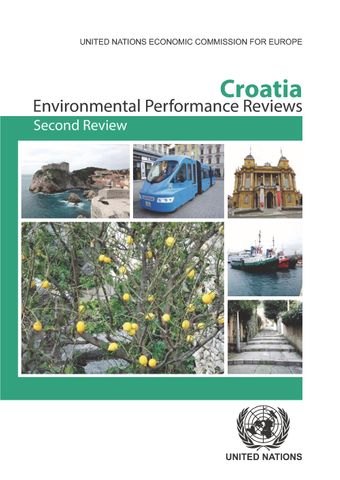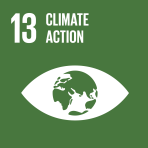Compliance and enforcement mechanisms

- Author: United Nations
- Main Title: Environmental Performance Reviews: Croatia , pp 31-49
- Publication Date: August 2014
- DOI: https://doi.org/10.18356/6d55c6b7-en
- Language: English
There have been many positive developments in Croatia since 1999. Permissions and environmental impact assessment (EIA) procedures have been amended to make them more transparent, coordination of inspection activities has been improved, risk-based planning approaches have been adopted, and the deterrent aspect of criminal enforcement has been increased. At the same time, the compliance assurance system is very much skewed towards punitive approaches, with compliance promotion taking place at an early stage. Judicial enforcement, which is used in Croatia more extensively than in other countries, is often slow and thus insufficiently effective. Fines (a preponderant non-compliance response instrument) are high but do not have adequate economic underpinning. Compliance assurance strategies for small-and medium-sized enterprises are not yet adequately aligned to the country’s regulatory regime, which widely employs general binding rules to reduce the administrative burden on the regulated community. Compliance with EU legislation will require additional capacity development among regulators and the regulated community alike.
© United Nations
ISBN (PDF):
9789210565196
Book DOI:
https://doi.org/10.18356/172433b8-en
Related Subject(s):
Environment and Climate Change
Sustainable Development Goals:
Countries:
Croatia
-
From This Site
/content/books/9789210565196s008-c002dcterms_title,dcterms_subject,pub_keyword-contentType:Journal -contentType:Contributor -contentType:Concept -contentType:Institution105
/content/books/9789210565196s008-c002
dcterms_title,dcterms_subject,pub_keyword
-contentType:Journal -contentType:Contributor -contentType:Concept -contentType:Institution
10
5


